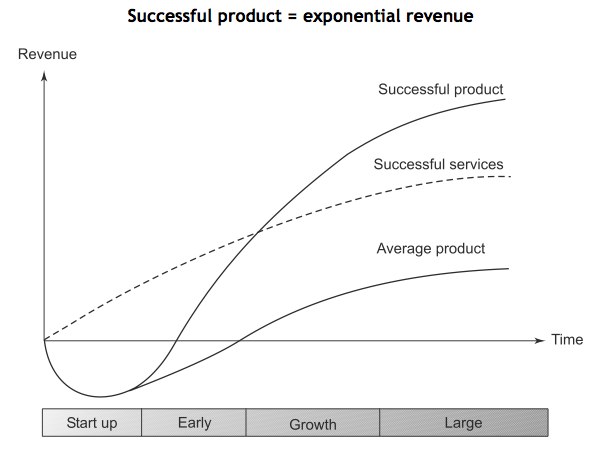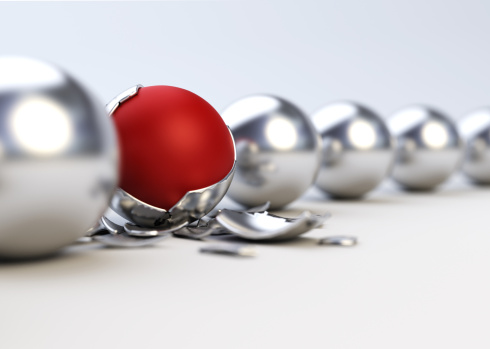A patent is a form of intellectual property defined as “a government authority or licence conferring a right or title for a set period, especially the sole right to exclude others from making, using, or selling an invention.” The purpose of a patent is to protect the intellectual property created by an inventor for a period of time so that the inventor has first rights over how he wishes to use his patent. A patent can be sold, leased, be used in exchange for royalties, equity, etc. A patent holder however, does not become the holder of the invention unless he has invented it first.
The then British Government of India, during the year 1856, tried to encourage and propagate new inventions termed as ‘exclusive privileges’ in the manufacturing sector. The first invention to be granted Intellectual Property Protection in India was by the Government of India under the petition special privileges to George Alfred DePenning for inventing the ‘Efficient Punkah (fan) Pulling Machine.’
The Indian Patents Act, 1970
Patentable Inventions
The list of inventions patentable are:
- Process, manner, or method of manufacture or Art
- Machine, apparatus or other articles
- Product patent for medicines, food, drugs and chemicals
- A substance should be produced by manufacturing
- Computer software used with hardware or with technical application to industry
Inventions Not Patentable (Sec 3)
The following is a list of inventions that cannot be patented:
- Any invention obviously contradictory to established laws or that is superficial.
- Any invention that could be used to exploit the population, contrary to morality, public order, or causes prejudice to life or health (of animals, plants, natural resources, humans,etc).
- The discovery of a scientific principle, any substance occurring naturally (living or nonliving) or any abstract theory.
- If no new product is formed nor a new reactant is formed using machines or apparatus. The discovery of a new property or new form of a substance.
- Mere mixture of chemicals.
- The duplication, rearrangement or arrangement of known devices.
- A method of horticulture or agriculture.
- Any surgical, medical, diagnostic, therapeutic, etc. process for the treatment of humans or animals (to render them free from disease).
- Animals and plants in part or whole (other than microorganisms).
- Algorithms, computer programmes, business or mathematical methods.
- Musical, literary, artistic, dramatic, cinematographic (aesthetic productions or works), or television productions.
- The mental strategy in playing a game, a mental act, rule, method or scheme.
- Topography of integrated circuits
- An invention that is traditional knowledge or which is a duplication or aggregate of known components properties.
- Inventions related to atomic energy cannot be patentable under Sec 20 (1) of the Atomic Energy Act, 1962.
Application For Patents
The person applying for a patent should apply jointly with another person or alone and can be:
- The first and true inventor of an invention.
- An assignee can make an application on behalf of the first and true inventor of the invention.
- The legal representative of a deceased applicant provided that before death, the applicant was entitled to make such an application.
Form Of Application
- Every application made shall be for one patent only at the patent office in the prescribed form.
- An international applicant applying for a patent in India under the Patent Cooperation Treaty must file a corresponding application before the Controller in India. No patent is valid for the entire world because patent law is territorial in nature. Filing an application in India enables a person to file for application at convention member countries which makes the application process easier when applying to multiple countries.
Amendments To The Patents Act And Rules
The Indian Patent Act was amended in 1999, 2002 and 2005. The need for patenting marks of patent agent examination, and chemicals and drugs under Trade Related Intellectual Property Rights (TRIPS) brought about the need for an amendment to the Patent Act.
The Indian Patent Rules were amended in 2003, 2005, 2006, 2012, 2013, 2014 and 2016. The rules were amended to include a fixed fee structure, patent agent exam qualification, appointment of the patent office as searching and examining authority, third category for applicants that are small entities.
The Indian Patents Office
The Office of the Controller General of Patents, Design and Trademarks (CGPDTM) administers the Indian Patent Office, which is an Office of the Government of India that is entitled with administering the laws of patents, trademarks and designs. It is important to note the distinction between patents, designs and trademarks.
Patent Duration
The duration of any patent filed in India is valid for a period of 20 years (irrespective of filing with complete or provisional specification) from the date of filing the application. If an applicant wishes to file an application under PCT, then the term of 20 years begins from the date of international patent filing. If an applicant wishes to file a patent in another country, then he must file the patent with the Patent Office of that respective country (through the conventional filing of an application or through the PCT route) since patents granted in India are valid only throughout the territory of India.
How To Get A Patent?
Get an Idea for a Patent
First get an idea of what has to be patented, and the same has to be presented on paper with a description, drawings and sketches (if necessary) explaining the work of the invention.
Patentability Search
Next, an individual must check the list of patentable inventions. The Patent Act (as mentioned above) entails what constitutes a patentable invention and what doesn’t. Only if an idea is patentable can an individual move forward to the next step. It also enables an individual to search for existing patents in case the idea or patent already exists.
Patent Application
If a patent is at the early stages of its development, then an inventor can file a provisional patent. This enables an inventor to secure a filing date (12 months of time to file complete specification) and it is also lower in cost to file a provisional patent as compared to the cost of filing a complete patent. If an inventor has complete specifications about the invention, then the individual can file for complete specification.
Publication of the Application
After an inventor has filed for complete specification, the application is published 18 months post first filing. If an inventor feels that they cannot wait for the period of 18 months from the date of filing the application, then s(he) can file for an early publication request along with the prescribed fees and the patent would take about a month to be published under an early publication request.
Request for Examination
The controller, upon receiving an RFE request from the applicant, hands over the patent to the patent examiner for examining criteria such as novelty, enabling, inventive step, patentable subject-matter and industrial application. All steps covered till now (from patent application till grant) is termed as patent prosecution. The patent examiner then submits a first examination report to the controller and the applicant which consists of documents of the claimed invention.
Response and Clearing of Objections
Based on the examination report, most patent applicants would receive objections. A patent agent can help create a response to the objections raised in the application. An inventor can communicate to the controller as to why his invention is patentable.
Grant of Patent
After all objects raised in the report are resolved and the patent is deemed to be in order of grant after meeting all criteria requirements, the patent is granted to the applicant as early as possible. The grant of a patent is published in the patent journal.
As we move towards becoming a Product Nation, it is important that companies and individuals own their IP. A Patent can become a competitive advantage in itself and is to be ignored at your own peril!














